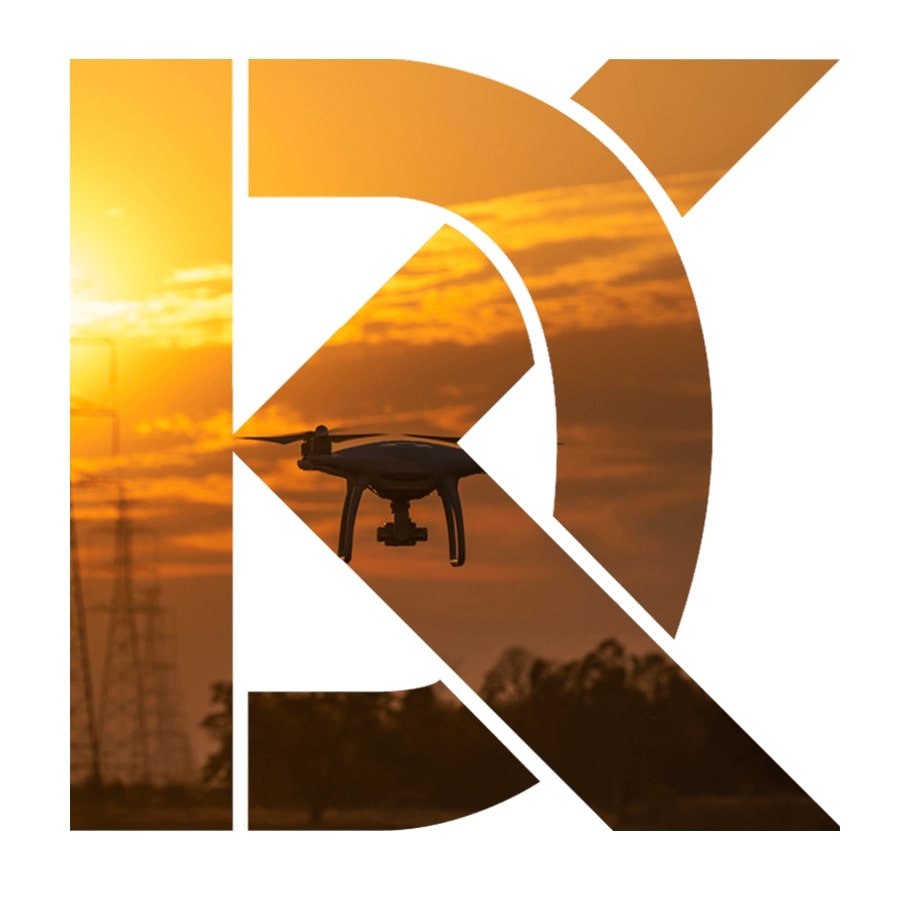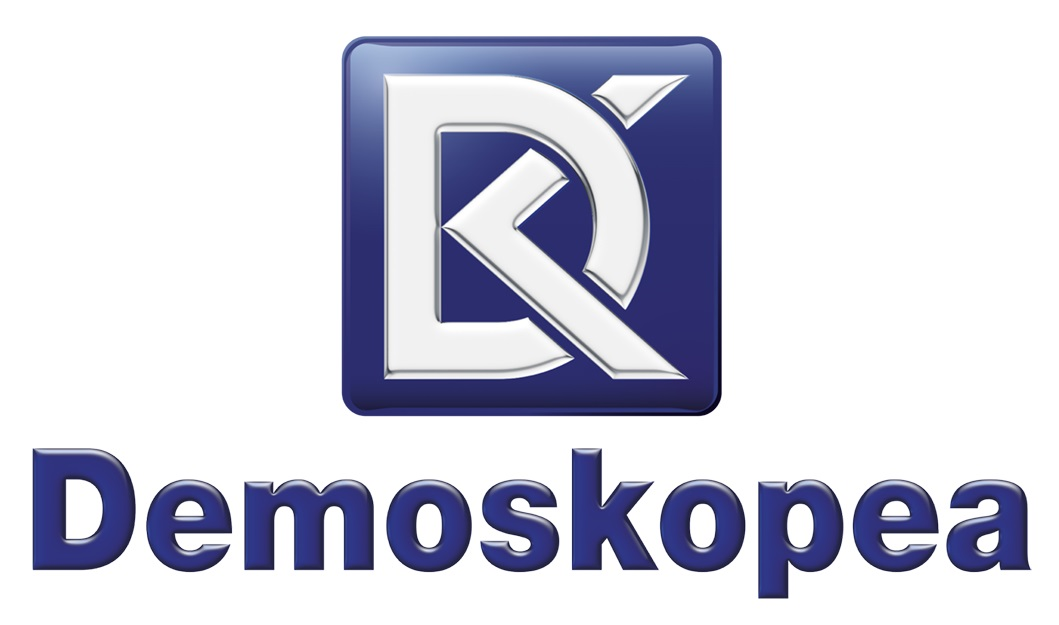
Market Research
Demoskopea is able to realize all main types of market research, qualitative and quantitative, both in the domestic and international markets, as well:
Customer Satisfaction
Communication and packaging analysis
Opinion polls
Omnibus research (CATI e CAWI)
Observatory of consumption and opinions
Exclusive models
In addition to classical methods, Demoskopea has designed and refined over time exclusive research techniques and specific products in the following areas:
ADVERTISING
CUSTOMER EXPERIENCE
IDENTIFICATION OF INSIGHTS
PERCEIVED QUALITY
PACKAGING/ CONCEPT/ ADVERTISING
Statistical methods
Most of market surveys, especially the quantitative ones, are able to collect a large number of interesting data: with the goal of getting useful informations and reports understandable for companies, statistical methods are used in order to analyze and study the data collected during the surveys.
These are the main techniques we generally use:
1. Regression analysis: Regression analysis is used to examine and understand the relationship between a dependent variable and one or more independent variables.
2. Factor analysis: Factor analysis helps to identify the underlying factors or dimensions inside a dataset. It is a technique that allows to point out the existence of a latent traits structure or dimensions which are not directly measurable.
3. Cluster analysis: Cluster analysis is a technique used to bring together objects or similar individuals according to their characteristics. This helps the researchers to identify groups of customers with similar preferences or behavior.
4. Conjoint analysis: Conjoint analysis is a technique used to understand how consumers make trade-offs between different product attributes. It helps researchers to establish the relative importance of several attributes and to maximize the product design or pricing strategy.
Observatory
Demoskopea pays always attention to social changes and for this purpose has activated an Observatory of Consumption and Opinion trends, to check, control and compare social and consumption facts evolution. That is thanks to the opinion of two main reference targets:
PRIVILEGED WITNESSES
Opinion Leader
Marketers
Buyers
Strategic planners
Journalists
LARGER PUBLIC
Clients
Citizens
PRIVILEGED WITNESSES
Opinion Leader
Marketers
Buyers
Strategic planners
Journalists
LARGER PUBLIC
Clients
Citizens
with the aim of better understanding, predicting, and anticipating current market and opinion trends, and providing solid and reliable contributions to all individual research activities of the institute.
